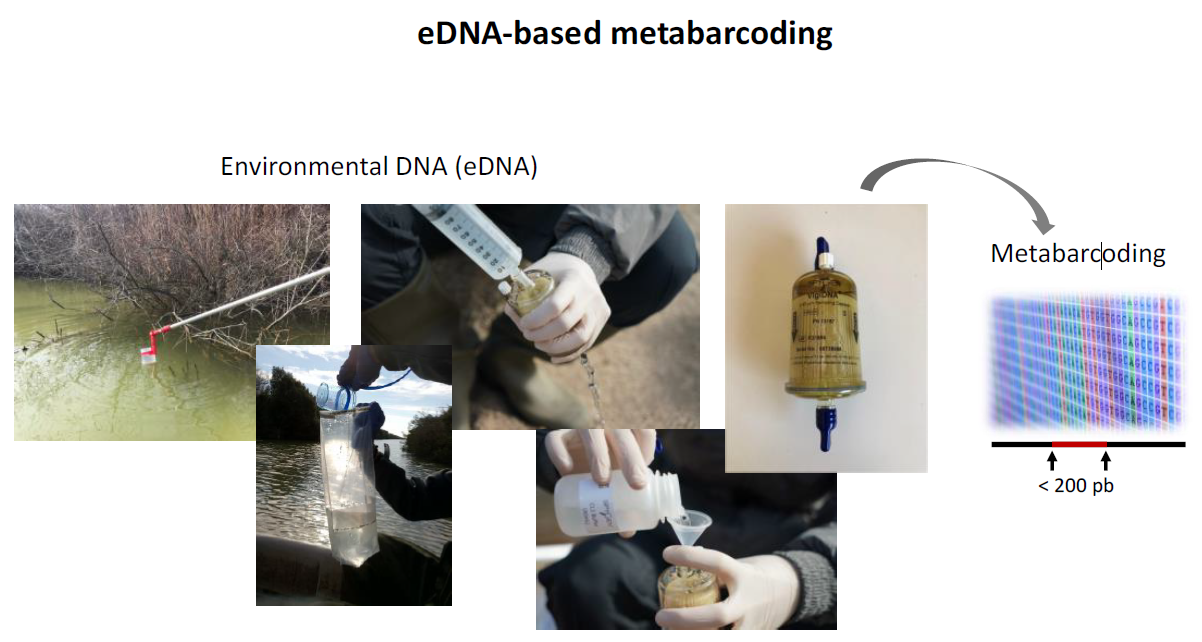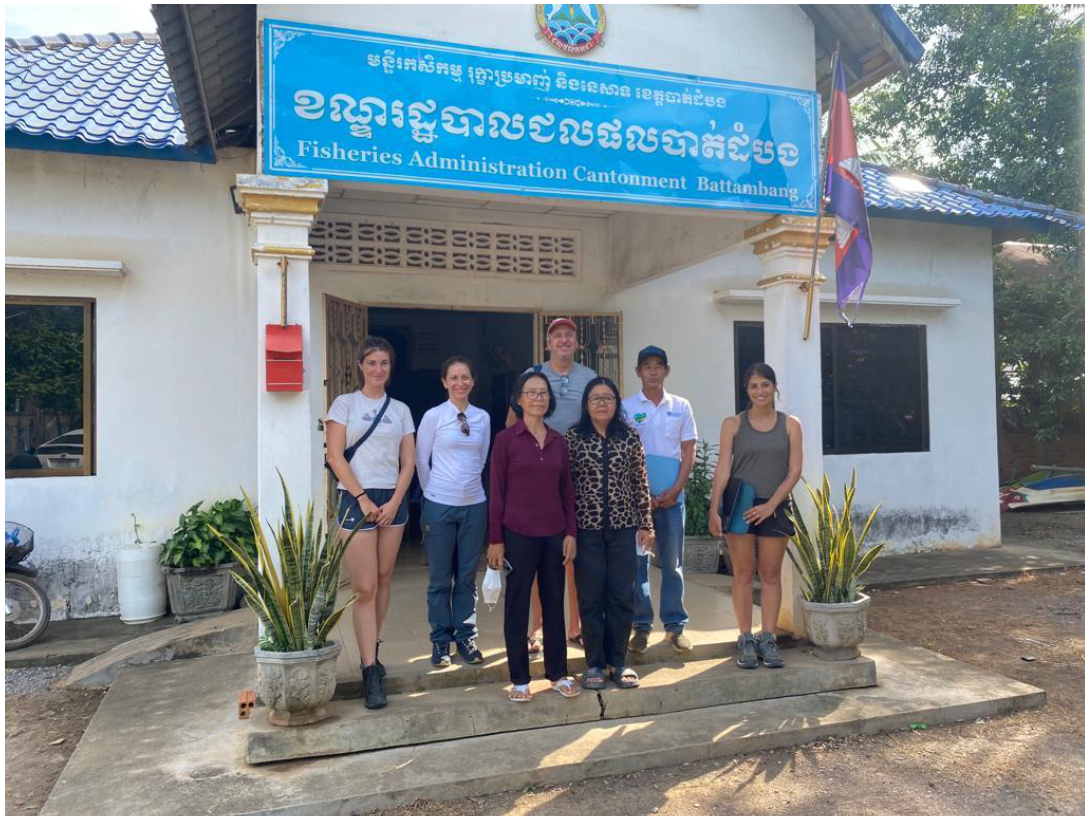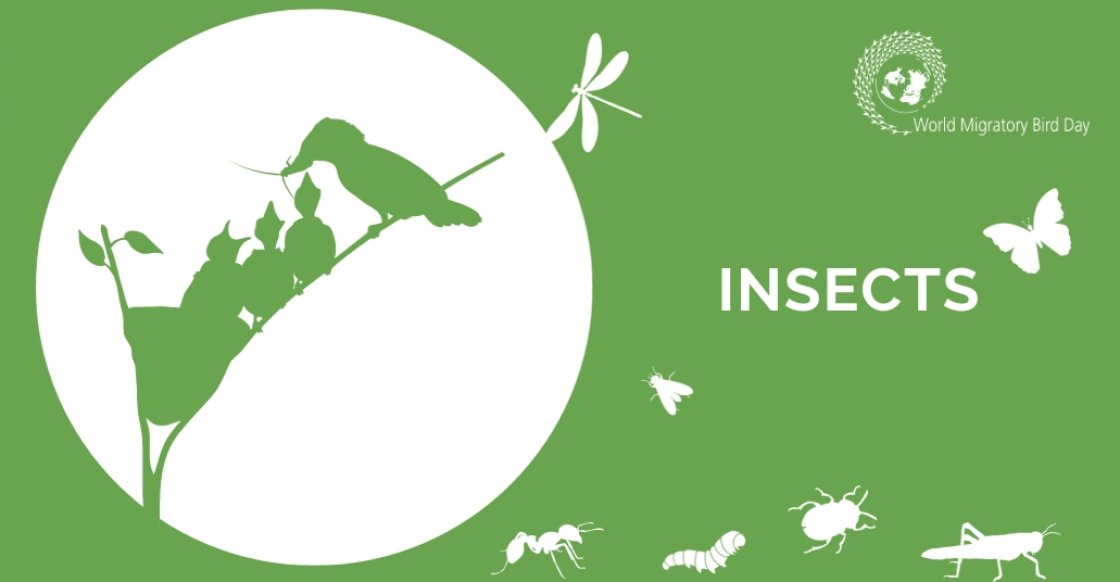Sampling Campaigns In Ivory Coast, Cambodia and Guadeloupe (Aquatic Part)
As part of the BCOMING project, a series of aquatic (freshwater) samplings were performed in Ivory Coast (May 2023), Cambodia (July 2023) and Guadeloupe (October 2023) to identify the patterns of biodiversity of the aquatic communities and their parasites in tropical areas along a gradient of urbanisation, with the aim of i) identifying drivers of disease emergence and ii) preventing disease risk. Our team consist of Dr. Marine Combe (CR, IRD), Dr. Claudia Bommarito (PostDoc, IRD), Prof. Rudy E. Gozlan (DR, IRD) and Ms. Chloé Lefebvre (Technician, IRD) from the French National Research Institute for Sustainable Development (IRD) and the Institute of Evolutionary Sciences of Montpellier (ISEM), France. As responsible team of the aquatic sampling, it was exciting to finalize together the last details of the sampling, prepare and ship the material, and finally see the field campaigns taking place.

IVORY COAST (May 2023)
 Fig.1 Map of the sampling
zones in Ivory coast. The eDNA was collected in three different aquatic sites in each zone. The different colours
illustrate the a) urbanisation gradient (green for pristine forests and light green for fragmented forests) and b) the
sampling zones (red, yellow and dark green for villages, perimeter of the Tai National Park and inner area of the
National Park, respectively).
Fig.1 Map of the sampling
zones in Ivory coast. The eDNA was collected in three different aquatic sites in each zone. The different colours
illustrate the a) urbanisation gradient (green for pristine forests and light green for fragmented forests) and b) the
sampling zones (red, yellow and dark green for villages, perimeter of the Tai National Park and inner area of the
National Park, respectively).
In May 2023 we had the opportunity of carrying out the first aquatic eDNA sampling in Ivory Coast, thanks to the collaboration with our BCOMING colleagues, Dr. Lorenzo Lagostina (Helmholtz Institute for One Health) and Dr. Julien Cappelle (CIRAD). Environmental DNA is an emerging tool for monitoring aquatic and semi-aquatic populations in water bodies. eDNA can be extracted directly from environmental samples, such as water or soil, and helps to detect the presence of a species from a complex DNA matrix without the need to catch the species or specialists for taxonomic identification. The field sampling included three different zones 1) Inside the Tai National Park (pristine forest), 2) on the perimeter of the Tai National Park (fragmented forest), and 3) in proximity of the Tai National Park, close to the villages (fragmented forest). In each zone aquatic eDNA was collected from three selected aquatic sites (ponds or small rivers), through the use of Spygen kits, our partner in charge of the eDNA analysis of trematodes and gastropods. The nine eDNA samples were shipped to Spygen and we are very curious to know the levels of biodiversity that will be revealed. DNA extraction was realized and metabarcoding analysis will be runned in the next couple of weeks with samples from Cambodia and Guadeloupe.
 Fig. 2 Procedure for the
collection of Environmental DNA (eDNA) from aquatic sites, using Spygen’s kits.
Fig. 2 Procedure for the
collection of Environmental DNA (eDNA) from aquatic sites, using Spygen’s kits.
CAMBODIA (July 2023)
 Fig. 3 Map of the
six sampling zones in Cambodia. The colours illustrate the urbanization gradient of the sampling zones, from urban (red)
to pristine forest (dark green). The specific sampling zones in which the five sampling sites were chosen are indicated
in yellow.
Fig. 3 Map of the
six sampling zones in Cambodia. The colours illustrate the urbanization gradient of the sampling zones, from urban (red)
to pristine forest (dark green). The specific sampling zones in which the five sampling sites were chosen are indicated
in yellow.
Accompanied by the partners of the IFReDI, who shared with us their experience of aquatic diversity, in July 2023 (rainy
season) we had the opportunity to carry out the field campaign of aquatic communities and their trematode parasites in
Cambodia. The field sampling included six different geographical regions, characterized by different levels of
urbanization (Fig. 2) 1) Battambang (intensive agriculture area) 2) Siem Reap (intensive agriculture area and urban
area) 3) Krong Stung Treng (fragmented forest) 4) Mondulkiri (pristine forest) 5) Phnom Penh (urban area) 6) Takeo
(agriculture area). In each region, five different aquatic sites (ponds or rivers) were sampled, to include another
level of anthropisation (i.e., urban, suburban, rural, riverine). At each site, we collected eDNA through water sampling
and the use of Spygen and NatureMetrics kits (1 Spygen kit for snails and trematodes and 2 NatureMetrics kits for fish
and microbiome, respectively), our partners in charge of the eDNA analysis of trematodes and gastropods (Spygen) and
fish and microbiome (NatureMetrics). Moreover, at each site, we collected aquatic invertebrates in five different points
randomly distributed, through a fishing net. After the collection, the five samples of each site were quickly screened
in situ: the aquatic organisms were separated from the substrate and collected in plastic small pots filled with
ethanol, while the residual substrate was collected in larger pots. Furthermore, to have a baseline of the vegetation, a
sample with aquatic plants and substrate was collected. Snails’ density was also measured, by collecting snails in
three-meter vertical transects distributed in five points in each site. In each site, snail individuals were also
collected and then freshly dissected under a stereomicroscope, to verify the presence and prevalence of trematodes. In
addition, some snails were purchased from the local market and dissected (10 snails per species, six species in total),
in order to check the prevalence of trematodes. The samples will be soon shipped to the laboratories of the Institute of
Research for Development in Montpellier and will be carefully screened under stereomicroscope to identify the
invertebrate species. The eDNA samples have been already shipped to Spygen and NatureMetrics for further analysis.
Table 1. Number and type of samples collected in each sampling zone. In each zone, five different sites were sampled. The numbers on the table report the total number of samples pooling the five sites in each zone.

In Phnom Penh, our team was kindly hosted by our colleagues at the Pasteur Institute of Cambodia, and notably welcomed by Ms. Julia Guillebaud (partner of BCOMING and focal point in Cambodia in terms of administrative and logistics) and Dr. Veasna Duong (Head of Virology Unit). We are grateful with IPC and IFReDI's partners for contributing to the success of our sampling, both scientifically and logistically. During this journey, we had the pleasure of meeting many citizens, whose help during the work in the field was precious and essential! We also took the opportunity to describe to them the main aims of our project and the benefits for the local community. Another sampling in Cambodia will be carried out next year during the dry season (February-March 2024), following the same itinerary. We look forward to running this second sampling.

Fig. 5 Our team, composed of Dr. Marine Combe (CR, IRD), Dr. Claudia Bommarito (PostDoc, IRD), Prof. Rudy E. Gozlan (DR, IRD) and Ms. Chloé Lefebvre (Technician, IRD) from the French National Research Institute for Sustainable Development (IRD) and the Institute of Evolutionary Sciences of Montpellier (ISEM), with our partners of the Fishery Administration in Battambang.
GUADELOUPE (October 2023)
In October 2023, we planned a field trip in Guadeloupe, to collect aquatic eDNA and snail hosts.
In Guadeloupe, our team will be hosted by our BCOMING partner there, Dr. Sylvie Lecollinet, from CIRAD Institute, who
will also join our team during the field sampling. The field sampling will include nine sites, along a transect from
urban to pristine areas (ADD the map). In each site, we will collect eDNA with the Spygen and NatureMetrics kits and
snail individuals to freshly dissect in situ, to verify presence and prevalence of trematodes. Moreover, in
collaboration with Dr. Severine Fernand of the Pasteur Institue of Guadeloupe, we will also verify the presence of
Angyostrongylus sp., a nematode responsible for eosinophilic meningitis in humans, recently emerged and now spreading in
Guadeloupe.
Such a country-wide screening of host-parasite diversity along a gradient of urbanisation and across seasons will allow
us not only to identify the drivers and the areas at risk of disease emergence in humans but also to compare these
patterns between different tropical areas.



